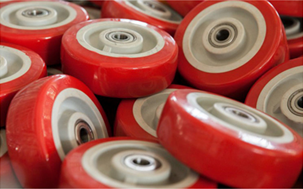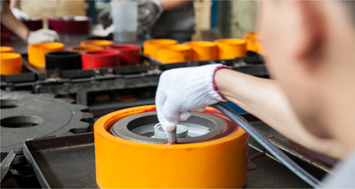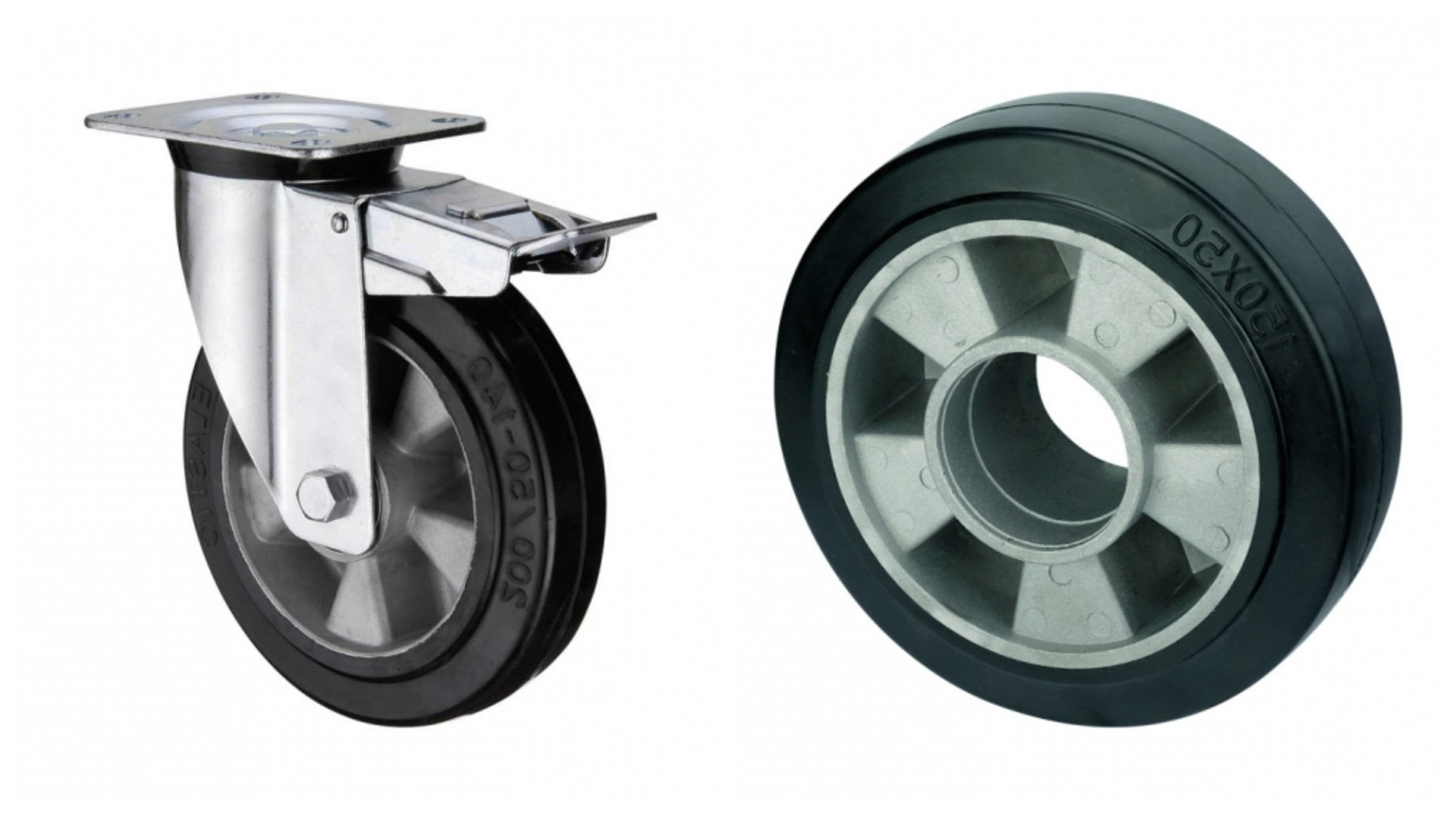Caster wheels step into our life
Caster wheels step into our life
About casters
Sometimes , the most simple inventions are significant . Even though we have no idea about who is the one invent caster wheel , however , the record of casters can be dated from 5500 years ago . People must to push goods very tough and hard before has wheels . One day , people were enlightened by the slick stone rolled from top to the foot of the hill , therefore we have an idea to invent caster wheels.
Caster created revolution that people don't have to carry one goods to another goods by hand . We have bicycles , cars , trains and trolleybus is just because the involution of the caster wheels .
Caster wheel is widely used in many areas , there is no doubt that we all need it . According to the development of the caster , it has 150,000 different types at least caster we are using at present . It indeed created a more convenient , efficient and safe labor life for every one of us .


The basic type of caster
1. Swivel Caster: The wheel is mounted on a pedestal with eccentric distance, and the bracket is free to rotate around the vertical axis of lead.
2. Rigid Caster: The wheel is mounted on a bracket that cannot be turned.
3. Single brake: A single brake device with a stop wheel.
4. Double brake: A dual braking device that can stop wheels turning and turning wheel.
The parameter of the caster
1. Wheel diameter: Wheel diameter nominal size.
2. Wheel width: The maximum width of a wheel parallel to the axis of rotation.
3. Tyre width: The width of a tire that is parallel to the axis of rotation.
4. Mount height: The caster is fitted with a vertical plane to the ground.
5. Radius of rotation: The steering shaft of the caster is the horizontal distance from the most prominent point of the caster.
6. Walking speed: within 4km/h
How to stock casters?
The storage warehouse shall be well ventilated, with relative humidity less than 80%, no corrosive gas inside, and the storage period shall not exceed 24 months.
